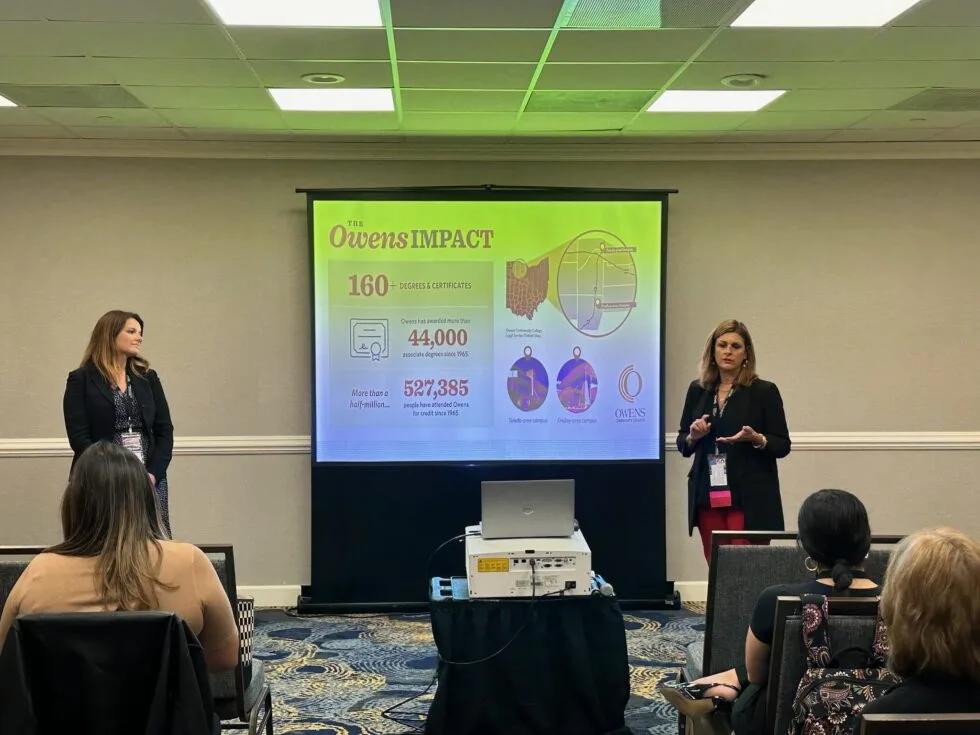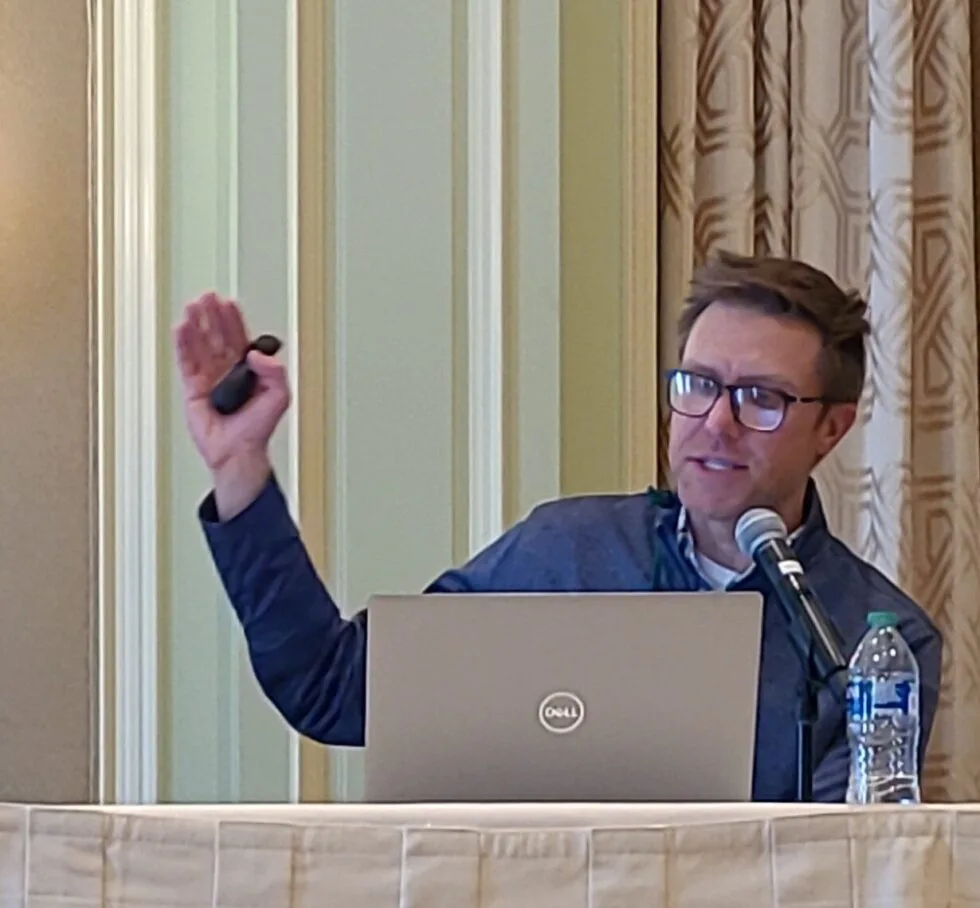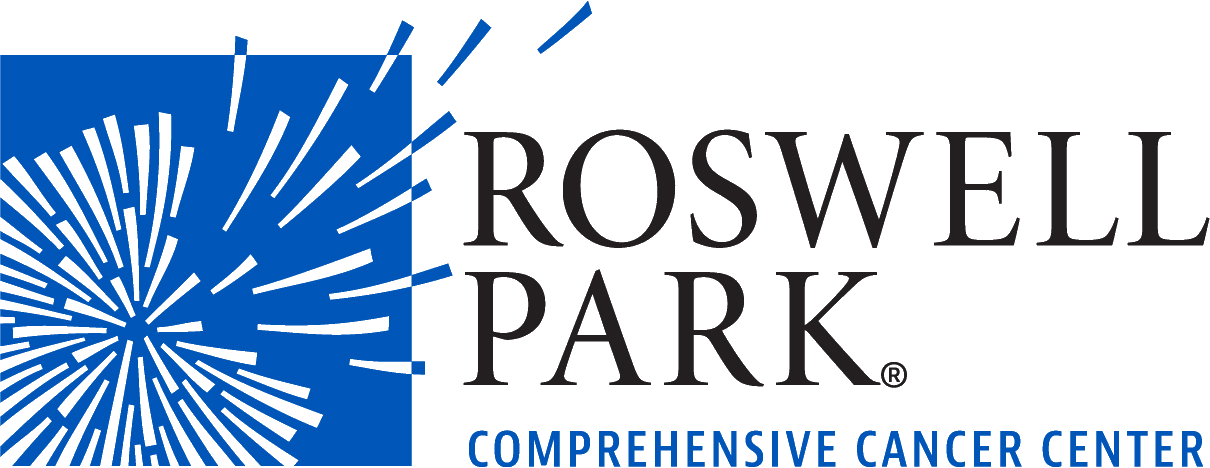Category: Content
-

How Long is Too Long for a Webpage?
-

18% Enrollment Increase, No Extra Budget Required: Pro-tips from NCMPR 3
-

3 Ways Stamats Specialists Leverage Personal Higher Ed Marketing Experience for Clients
-

S1, E8: Why Do Blogs Outperform Regular Pages?
-

3 Ways Career-Focused Storytelling Wins in Higher Ed—and How to Get Started
-

3 SEO Questions Stakeholders Often Ask—and How to Answer Them
-

What Social Channels Should I Be on in Higher Ed Marketing?
-

How Roswell Park Comprehensive Cancer Center’s Innovative Web Project Earned Top Honors
-

How PR and Content Marketing Can Streamline Superpowers to Achieve Business Goals